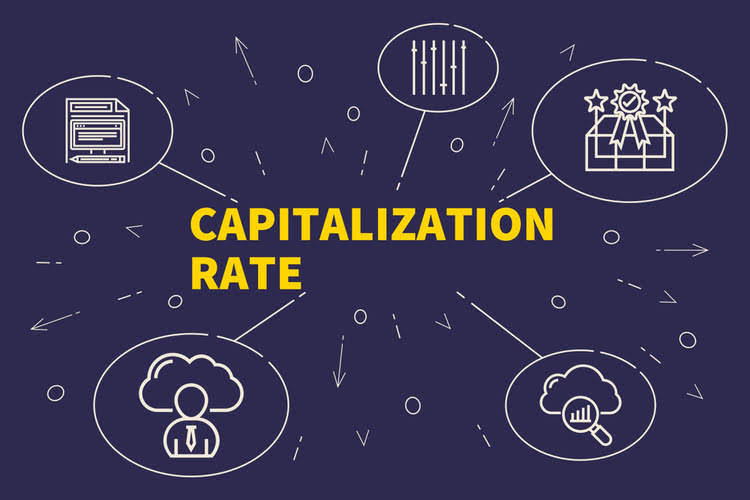
Producing too much stock in advance means you are spending a lot more on direct material costs. Equally, you will also incur the costs of holding excess inventory stock or risk being left with stock you cannot sell. However, there’s a lot more to properly calculating total manufacturing costs than just knowing the formula. Costs of goods manufactured (COGM) includes all the costs for finished goods manufactured during a given period. Any unfinished products or work in progress (WIP) inventory is not included in the COGM calculation.
How can businesses reduce Total Manufacturing costs without compromising quality?

Using this kind of software with a built-in manufacturing accounting system frees up managers’ time for gross vs net activities that help actually grow the company. Taking a look at the total manufacturing cost is insightful for making your manufacturing company more cost-effective. While it is predominantly an accounting term, its utility can go far beyond balancing the books. Namely, TMC can shed light on areas in the production process that need optimization. Manufacturing overhead does not include costs unrelated to the manufacturing process like administration wages, sales and marketing expenses, office rent, etc.

Data Sheets
For example, for a soda producer, water is used as a direct material, forming the body of the drink. However, water could also be used as an indirect material to wash the bottles or equipment. It’s necessary to keep these types of consumption separate for accounting purposes. Managers or investors can compare it to total revenue in the balance sheet to get a quick overview of the company’s profitability and adjust profit margins. Additionally, TMC can help uncover inefficiencies in the supply chain, shop floor, and inventory levels. As the name indicates, these are the most recognizable elements that constitute the finished goods.

How COGS work in manufacturing
If you conclude that costs are as low as possible, but revenue is still struggling, the next step could be to alter your pricing. If you set prices too high, customers may go to competitors where they can find a better deal. Equally, if prices are too low, you won’t be generating the required revenue to make your business profitable. If your findings in this area aren’t favourable, you can at least use the data as fuel to remedy the situation. This information will dictate key decisions around your company’s direction, such as whether to be cautious or bold (and therefore whether to make cuts or to invest in core functions).
- By breaking this down into its components, businesses can better understand how each element contributes to the overall cost structure.
- The total manufacturing cost formula is a simple equation in which all of these are added together.
- These employees work directly on the production line and contribute directly to the creation of the goods.
- It is the foremost consideration for establishing a production unit to determine whether such operations are feasible and would generate profits in the long run.
- It evolved with the industrial revolution as businesses sought to understand and reduce the costs of production to increase competitiveness and profitability.
- The total manufacturing cost formula can be one of the most critical metrics for manufacturing businesses or those with a manufacturing and production management component.
- Understanding the total manufacturing cost (TMC) is essential for any business with production-based operations.
- However, there’s a lot more to properly calculating total manufacturing costs than just knowing the formula.
- This helps in creating detailed budgets that cover all aspects of production, thereby avoiding “surprise” costs and ensuring financial stability.
- With MachineMetrics’ real-time platform, Morgan Olson moved away from paper-based systems to implement trackable codes that provided clear visibility into production flow.
- Instead of producing an extensive inventory, they might use batch production to bake goods based on daily demand, reducing waste while optimizing labor and materials.
- To calculate total manufacturing costs, use the total manufacturing cost formula.
In this environment, overhead can fluctuate based on batch sizes, complexity, and production volumes. By breaking this down into its components, businesses can better understand how each element contributes to the overall cost structure. Since MRP systems use a perpetual inventory system, financial metrics are calculated automatically based on real-world input data. This makes them much more precise than approximating Bookkeeping for Veterinarians values manually and also provides a good litmus test for comparing the measured KPIs against their theoretical values. Expressed as a percentage between input and output volumes, manufacturing productivity measures how effectively production inputs, such as labour and capital, are being used to produce a certain level of output. Here’s a short video explaining how the cost of goods sold formula works in manufacturing.
Identify Indirect Costs (e.g., utilities, rent, indirect labor)
- Direct materials are all the materials you bought and used to make your final product.
- Besides cost control and financial planning, TMC also helps companies with inventory valuation.
- Implementing a robust cost management system ensures better control over production expenses, ultimately leading to improved business performance.
- Overhead costs might include the leasing of factory space and equipment depreciation.
- This flexibility allows your team to respond more quickly to market demands, thanks to reduced inventory and lead times.
To calculate the Cost of Goods Sold (COGS), all you need to do is add the beginning inventory of finished goods into the purchased inventory or Cost of Goods Manufactured (COGM). Madis is an experienced content writer and translator with a deep interest in manufacturing and inventory management. Combining scientific literature with his easily digestible writing style, he shares his industry-findings by creating educational articles for manufacturing novices and experts alike. Collaborating with manufacturers to write process improvement case studies, Madis keeps himself up to date with all the latest developments and challenges that the industry faces in their everyday operations. This means that unfinished products that were transferred into total manufacturing cost formula Work in Process (WIP) inventory are left out of the sum.
Reduce Waste and Improve Quality
- Allocating overhead helps you to identify areas to improve efficiency and reduce costs.
- Total Manufacturing Costs are a sum of all the expenses incurred from the initial stages of raw material acquisition to the final stage of delivering a finished product.
- To calculate the direct material costs for a particular period, add the beginning inventory and purchases made during that interval.
- The Cost of Goods Manufactured (COGM) represents the total cost of goods that were finished and ready for sale during a specific period.
- To manage overhead costs, businesses should conduct regular audits of their production facilities and seek ways to streamline operations.
The break-even point is relevant to a business, so it can account for the amount of goods or services. This needs to be produced and sold to generate sufficient income to cover all costs, both fixed and variable. A break-even point allows you to foresee the level of production volume, set the price, and even decide whether to buy new machines or tools, as one is able to know ahead of time how much will be spent. In short, tracking total manufacturing cost can reveal how well a business is operating. If the figure increases between manufacturing accounting periods, it can indicate that resources are not being used efficiently.

Total manufacturing cost formula
ERP/MRP software, however, continuously calculates the direct material cost from purchases as well as the direct labor costs by summing up reported work hours of manufacturing orders. Staff not handling the production of goods, such as management, accounting, maintenance, cleaning staff, etc. are not considered direct labor. These expenses constitute indirect costs, at least from the perspective of the manufacturing process, and are allocated as overheads. To calculate the total amount of manufacturing overhead, you need to first correctly identify and add all applicable overhead expenses. This total is often used to calculate the manufacturing overhead rate, which indicates the percentage of the company’s revenue that goes toward covering manufacturing overhead costs.
